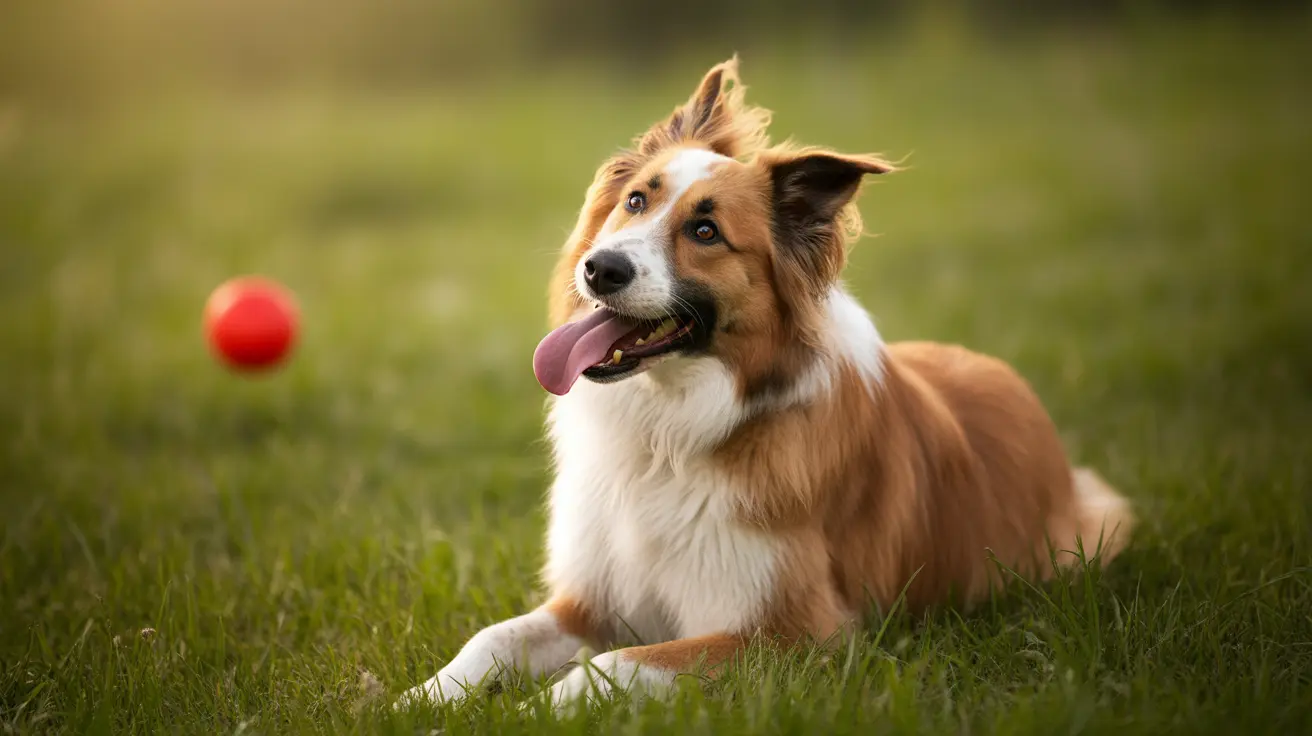When to Start Teaching Your Puppy to Sit
Training a puppy to sit is often one of the first and most essential obedience skills pet owners teach. This simple command plays a crucial role in managing everyday situations, such as waiting at curbs, greeting people, and building the foundation for more advanced training. But when should you start teaching your puppy this valuable command?
Ideal Age to Start Sit Training
Experts recommend beginning sit training for puppies as early as 7 to 8 weeks old. At this developmental stage, puppies are mentally receptive to learning and physically able to perform the sit action. Early training encourages good behavior patterns and socialization while instilling trust and communication between owner and pup.
Benefits of Teaching Sit Early
- Safety: Prevents impulsive behaviors like running into the street or jumping on guests.
- Control: Helps manage the puppy during mealtimes, walks, and car rides.
- Foundation for obedience: Paves the way for more complex commands.
- Calming behavior: Encourages stillness which can be helpful in excitable puppies.
Effective Training Methods
1. Lure and Reward
- Hold a small treat near your puppy’s nose.
- Move the treat slowly upward and slightly back toward their tail. As they follow it with their nose, their bottom naturally lowers.
- Once the puppy sits, immediately give your chosen marker (like a clicker or "yes") and reward with the treat.
- Repeat in short sessions throughout the day.
- Gradually add the verbal cue "sit" just before the behavior happens.
2. Reinforcing with the "3 Ds"
- Duration: Increase how long the puppy holds the sit before getting the reward.
- Distance: Step away from your puppy while they remain sitting.
- Distractions: Introduce noises and movements to make the behavior more reliable in real-world settings.
3. Capturing and Shaping
- Watch for natural sit behaviors and immediately mark and reward.
- Shape sitting from other positions (like lying down) by rewarding small movements leading to a sit.
4. Visual and Verbal Cues
- Some puppies respond better to hand signals than spoken words.
- Test their understanding by giving cues independently and reinforcing correct responses.
Using Release Cues
Teaching a release word such as "okay" helps your puppy understand when the exercise is over. This prevents breaking position early and reinforces structure in commands.
Real-Life Opportunities for Practice
- Before meals: Ask for a sit before giving the food bowl.
- At doorways: Have your puppy sit before opening the door.
- During walks: Use the sit command at street corners or crosswalks.
Non-Food Motivators
If you want alternatives to treats, sit can also be taught using:
- Play: Use a favorite toy as a lure or reward.
- Touch targeting: Teach the puppy to follow your hand or a target object into a sit position.
- Environmental shaping: Guide the puppy onto a platform or object that encourages a sit posture.
Troubleshooting Common Challenges
- Avoid physical manipulation: Pushing down on the puppy's hind end can be confusing or intimidating.
- Early exits: If your puppy gets up too soon, reduce distractions and reward more frequently.
- Breed differences: Some dogs rely more on visual, auditory, or tactile cues. Adapt accordingly.
General Training Tips
- Short and sweet: Keep sessions under 5 minutes to prevent boredom.
- Positive environment: Start in a quiet, distraction-free space.
- Use meal portions: Training with kibble from meals prevents overfeeding.
- Practice everywhere: Vary locations to reinforce learning in different settings.
Conclusion
Starting sit training when your puppy is 7–8 weeks old is both safe and effective. This early training builds a solid foundation for future obedience, promotes calm behavior, and enhances your relationship. Through patient, reward-based methods and consistent practice, your puppy will soon master the sit command with confidence.





